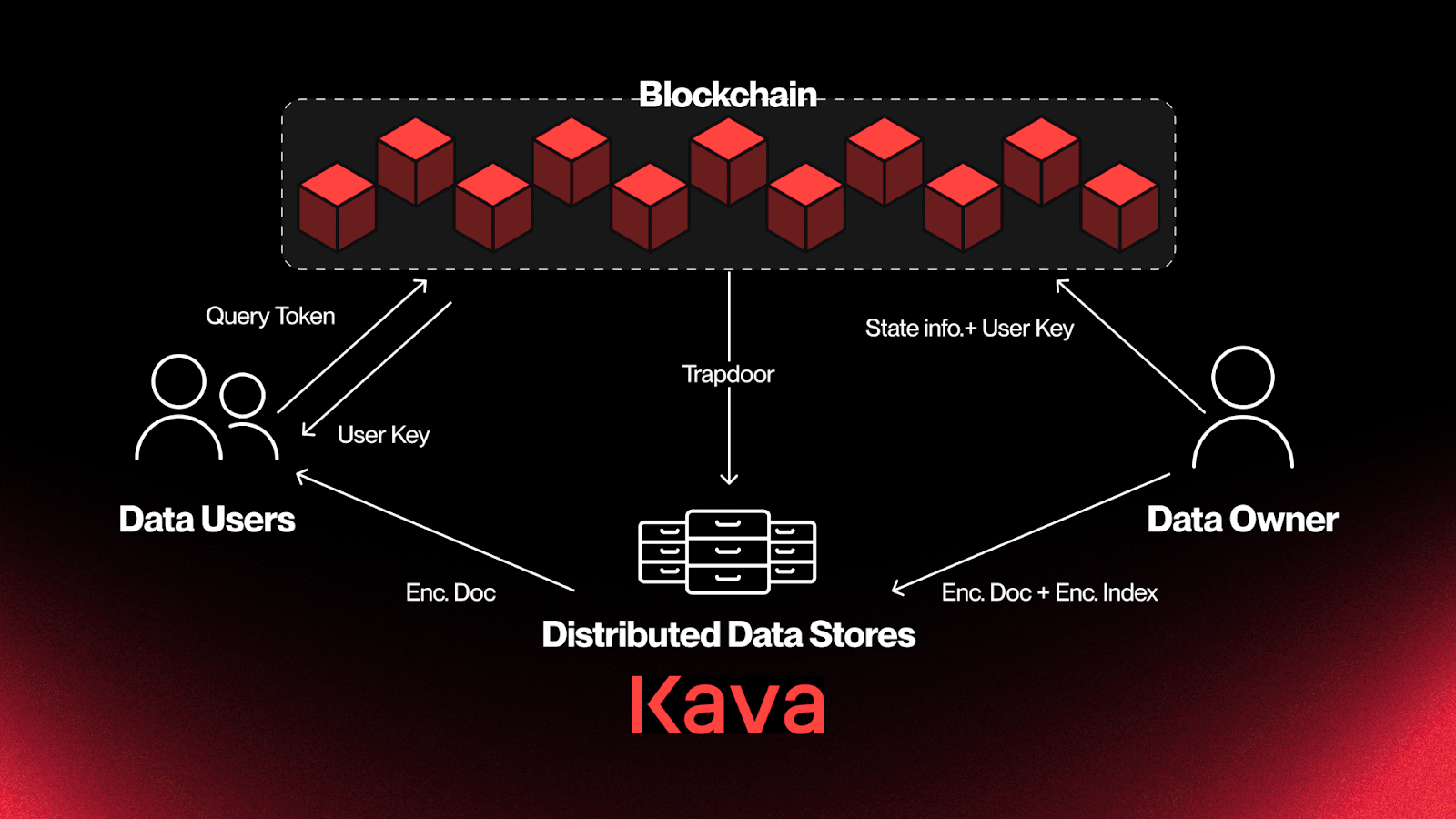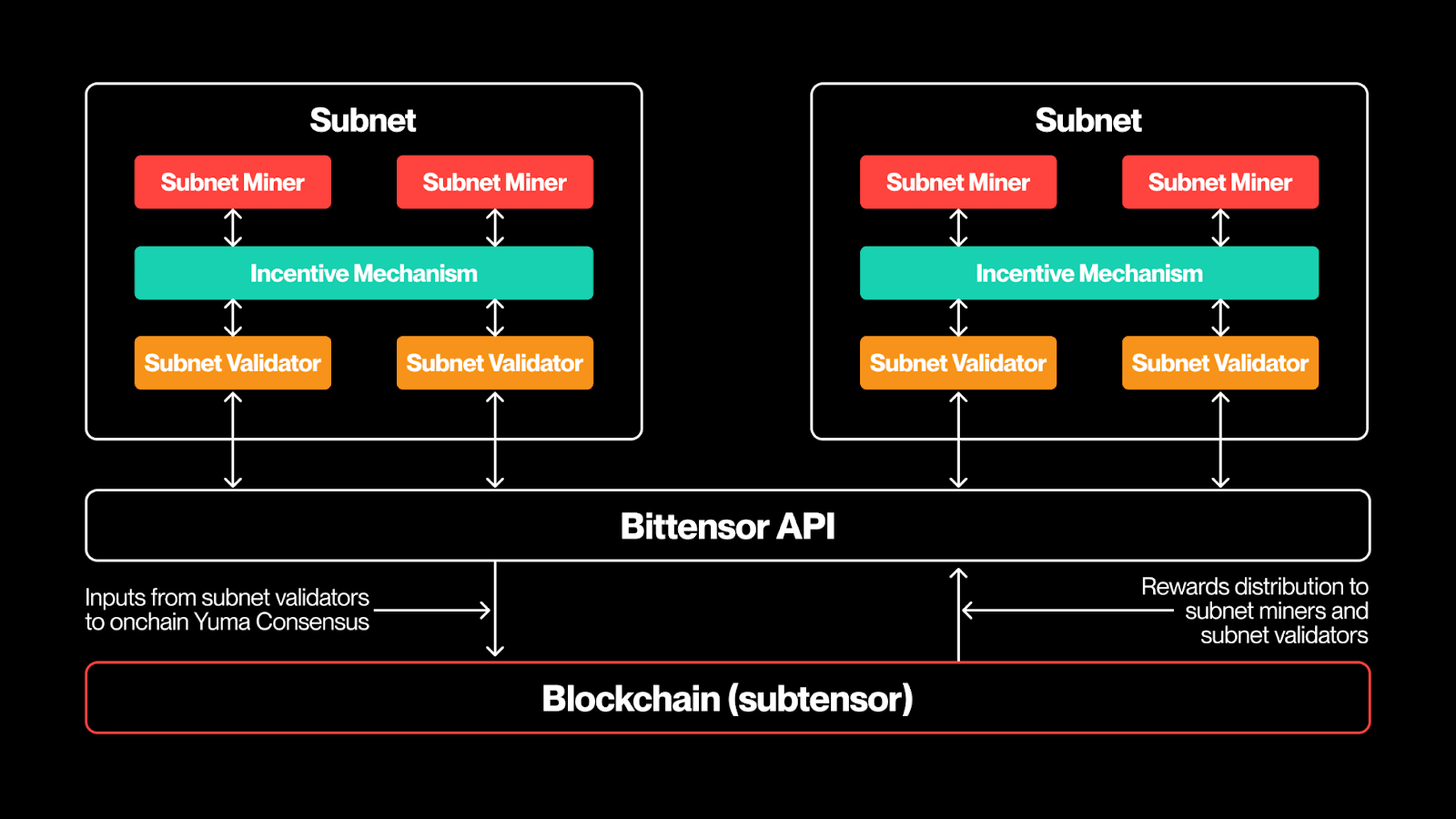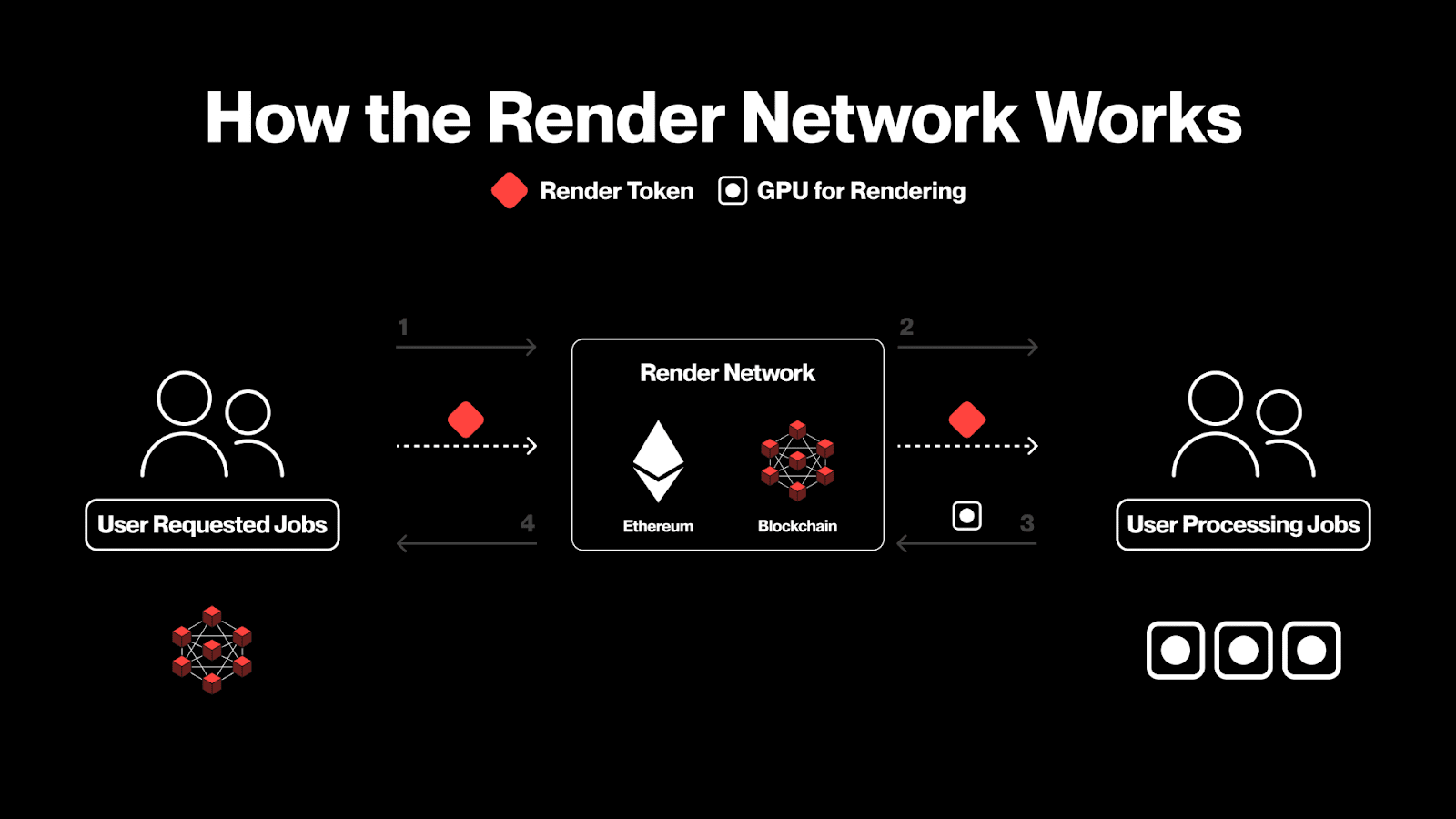The release of ChatGPT3.5 in November 2022 marked the beginning of the modern AI era. Since then, artificial intelligence has experienced explosive growth in both popularity and investment scale. It is estimated that over $100 billion in capital will flow into this field in 2024 alone, accounting for 46.4% of the total $209 billion investment for the year.

This massive investment is reshaping the power structure of American tech companies. Those cloud service providers that rose to prominence in the Web2 era and solidified their dominance through aggressive acquisition strategies now face disruption due to their inability to meet the massive demands of AI computing. With its unique advantages, decentralized infrastructure is becoming the ideal choice to meet this new wave of demand while providing more attractive and efficient technological solutions.

The real challenges of surging infrastructure demands
The immense demand for high-end GPUs is placing significant pressure on the supply capabilities of traditional cloud service providers, resulting in severe inefficiencies and bottlenecks that hinder the pace of AI innovation. Major cloud service providers such as AWS, Azure, and Google Cloud Platform have acknowledged that their existing capacity is 2.5 times less than the current demand in the AI market, a demand that will continue to grow.
While AI projects might consider building their own physical infrastructure through private on-site data centers to train models, this requires substantial initial startup capital, additional technical expertise, and high ongoing maintenance costs, making it a prohibitively expensive and inefficient option for most projects. This is precisely why most projects are forced to rely heavily on cloud service providers from tech giants.
The dependence on the infrastructure of tech giants and its inability to meet new demands highlights the problem of concentrating critical infrastructure in the hands of a few tech giants. Growing discontent towards these tech giants, coupled with the reality of insufficient GPU availability and the current U.S. government's cryptocurrency-friendly legislative environment, has created opportunities for the rise of DePIN projects in the U.S. These emerging DePIN projects have gained a competitive edge by leveraging the globally untapped GPU and AI infrastructure network, enabling them to achieve superior performance and significant cost savings through dynamic pricing models compared to traditional cloud service providers.

Shifts in consumer preferences
The dominance of tech giants and their monopolistic control over user data (with users receiving limited compensation) has led to negative public sentiment towards these companies. This distrust is further exacerbated by user concerns about privacy, with nearly 68% of consumers globally expressing worries about their online privacy. Many are unwilling to allow the same tech giants to continue their dominance in the AI era and are seeking support for alternative solutions.
The integration of blockchain technology and AI allows crypto DePIN projects to position themselves as attractive alternatives to centralized data control. Blockchain's use of immutable ledgers enables direct ownership of data and encryption for privacy protection, while enhanced AI protocols can introduce higher levels of security through anomaly detection and the elimination of single points of failure.
U.S. Projects Driving Change
Fortunately, several U.S. crypto DePIN and DeAI projects are already showcasing improved efficiencies by using AI-enhanced blockchain projects as alternatives to tech giants.
Bittensor, as an early pioneer, launched a year before the AI boom went mainstream. This decentralized AI infrastructure platform, based in San Francisco, now has a market capitalization of over $3.6 billion. The platform operates through the Bittensor network, an open market for AI models and computational resources, rewarding TAO tokens based on the quality, utility, and usage of user contributions. Its success demonstrates how decentralized applications can provide cheaper and more accessible AI and computational infrastructure to challenge the monopoly of tech giants over AI resource supply.

Kava AI has successfully leveraged its experience in providing decentralized financial infrastructure to expand into building the world's largest decentralized AI models. This shift towards DeAI enables Kava AI to address the critical issue of transparency in AI decision-making processes. By recording AI decision transactions on-chain, Kava AI creates unprecedented transparency and verifiability in artificial intelligence systems. This open approach to AI model development stands in stark contrast to the closed black box methods of large centralized models that continue to collect and monetize user data while providing minimal compensation.
Render Network is a decentralized U.S. GPU infrastructure network specifically designed for modern AI computing needs. Launched in 2009, the project introduced the RENDER token in 2017 and officially launched its complete network in 2020. Initially designed for allocating idle GPU resources for VR and 3D content creation, it rapidly established itself as a leading GPU provider for AI protocols by the end of 2022. Render Network demonstrates a fairer and more democratic model, allowing anyone with excess GPU resources to monetize them, contrasting sharply with the gatekeeping access created by tech giants, who artificially restrict supply, raise prices, and enforce long-term supplier lock-in contracts.
Ocean Protocol is an open-source protocol that serves as a foundational layer for decentralized AI systems and data infrastructure. The protocol is an open marketplace where users can monetize their data. It is built on the Ethereum network, providing a marketplace that allows businesses and individuals to sell their datasets through permissioned access. This novel approach enables users to maintain control over their data, addressing one of the major concerns regarding tech giants.
Future Outlook for Decentralized AI in the U.S.
Despite the enormous potential these U.S. decentralized projects show in disrupting the status quo of tech giants, we also need to pay attention to how these companies respond. Meta's acquisition of the high-quality training data and annotation service startup Scale AI in June 2025 indicates that tech giants understand the stakes involved. This acquisition illustrates that existing giants are actively seeking to integrate AI infrastructure to strengthen their hegemony.
Despite these efforts, decentralized infrastructure and the integration of blockchain technology with AI are providing a viable and more democratic alternative. Decentralized AI can scale more efficiently and offer dynamic computational responses that outperform traditional guardians. For these innovative projects, the U.S. is supporting them by providing deep access to capital markets and legislation that supports cryptocurrencies.
As U.S. crypto projects continue to mature and demonstrate enterprise-level capabilities, they are fully capable of capturing significant market share in the rapidly expanding AI infrastructure space, potentially reshaping the entire artificial intelligence industry around principles of decentralization, transparency, and democratic access. The construction of AI infrastructure in the coming years will redefine the next generation of technological innovation.
In this transformation, @kava #KavaBNBChainSummer $KAVA is at the forefront, leading the future direction of decentralized AI.


